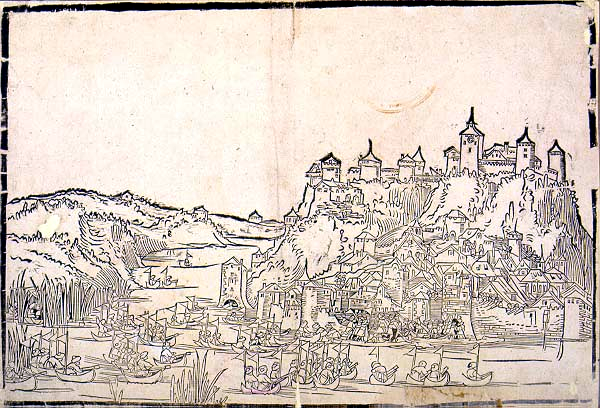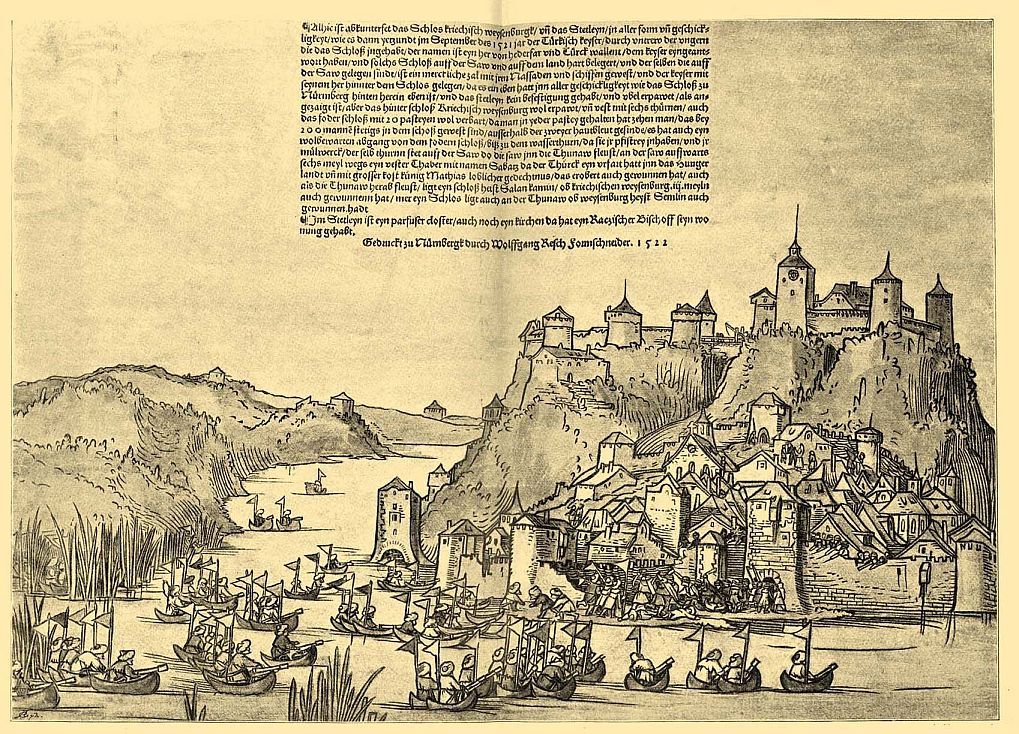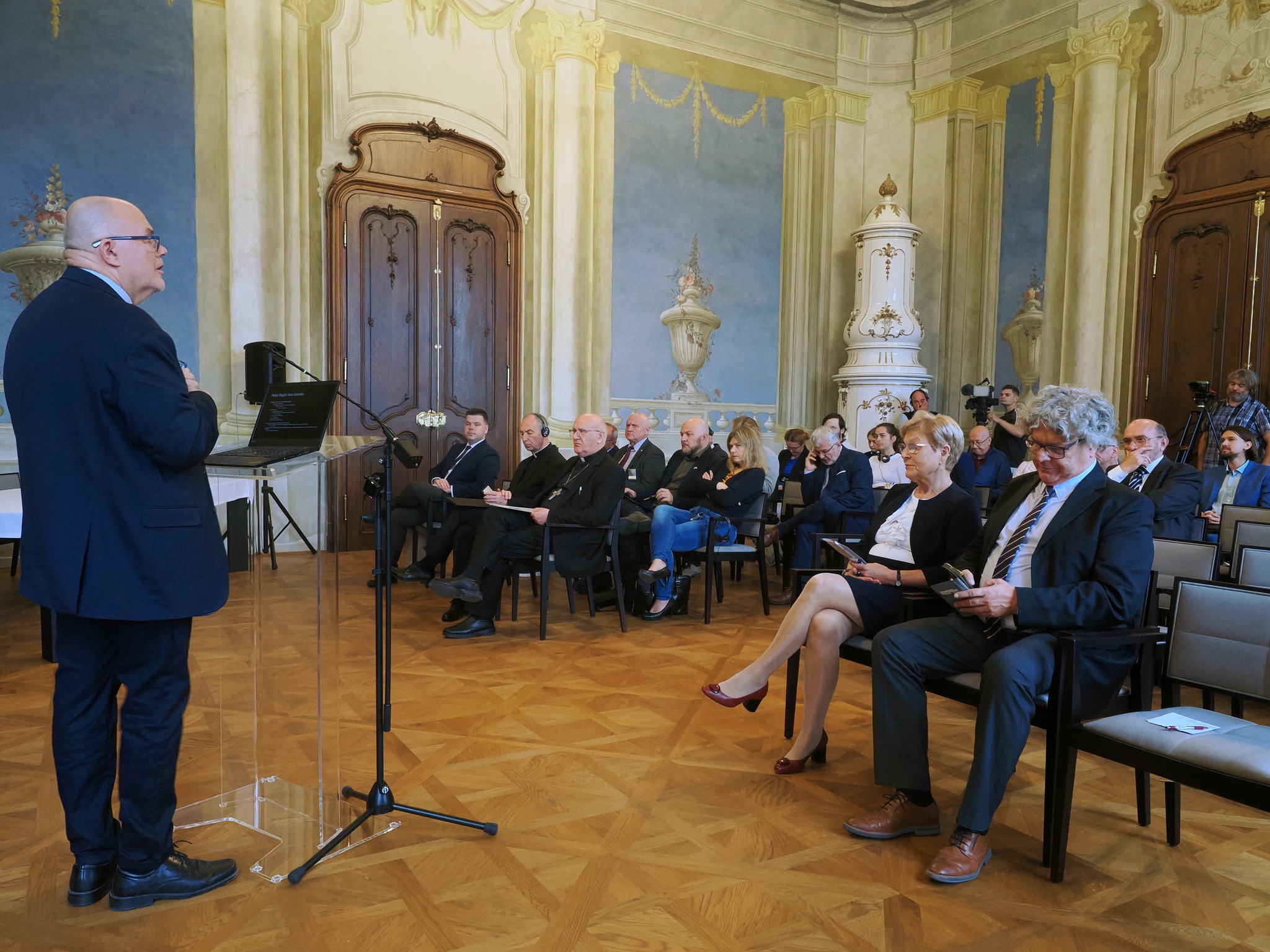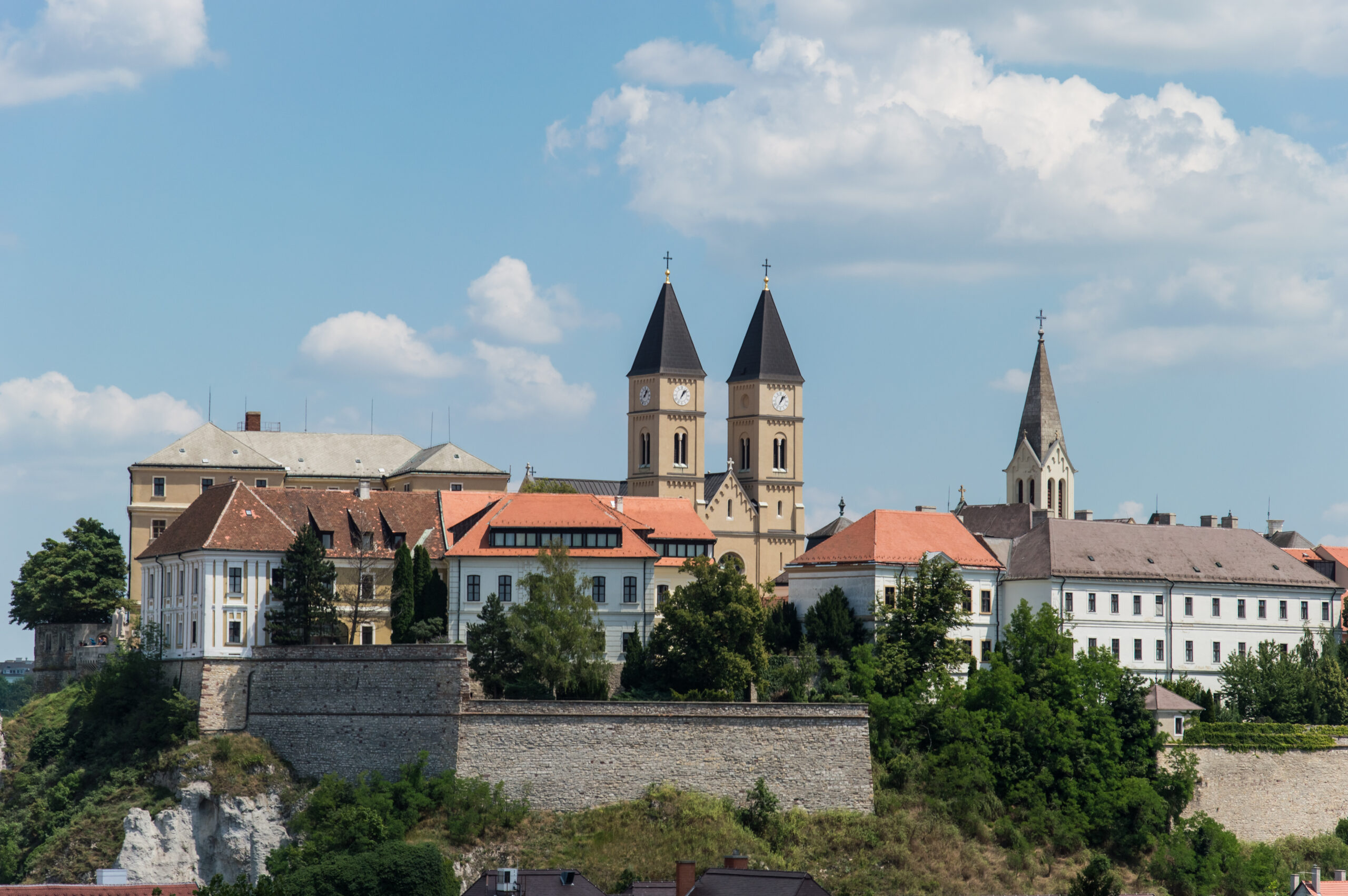Preludes to Mohács: Three Key Perspectives – Belgrade (Nándorfehérvár)
Fact of the Hungarian figure „The vast cemetery of our national greatness” – The Battle of Mohács”
Part of the „The myth of national disaster” topic
The Battle of Mohács in 1526 was preceded by a series of events that exposed deep-rooted structural weaknesses in Central Europe’s defenses. One key episode was the Siege of Belgrade (Nándorfehérvár) in 1521, where the Ottomans captured Hungary’s strongest southern fortress after a prolonged and bloody siege. Despite brave resistance, the loss of Belgrade left Hungary defenseless against future Ottoman campaigns and demonstrated the region’s inability to mount a unified response.
A second important development was Bohemian military involvement, rooted in dynastic ties: Louis II, King of Hungary, was also King of Bohemia from the Jagiellonian dynasty. In 1523, he secured political and military support from the estates of the Bohemian crown, and by 1526, around 5,000 Czech soldiers had joined the Hungarian cause. Though their deployment was fragmented and some contingents arrived late, the commitment itself signaled broader Central European awareness of the Ottoman threat and the desire to defend the Jagiellonian realms.
The summer mobilization of 1526 saw the gathering of the royal Hungarian army near Tolna, reinforced by nobles, clergy, and foreign volunteers. Among them were several thousand Polish and Moravian mercenaries, recruited with papal support and led by officers such as Captain Balthassar and Gnoynsky. While these forces did not ultimately prevent the Ottoman advance, their presence highlights the scale and seriousness of Hungary’s military preparations in the weeks leading up to the Battle of Mohács.






